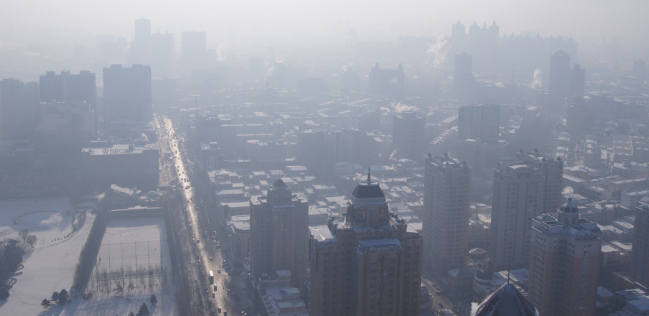
Air pollution has been linked to number of physical health conditions, and it may be just as detrimental for your mental health. Two related studies published in the British Medical Journal examined the effects of particulate air pollution with relation to strokes and anxiety – and discovered pollution can have an impact on both.
The Physical Effects
The study defined particulate air pollution as indoor or outdoor air that is polluted by fine particles released into the air through use of solid fuels. The World Health Organization attributes one in every eight deaths to particulate pollution, ranking it as a top contributing factor to disease across the world.
Pollution causes systemic inflammation which, in turn, may have an impact on various organ systems throughout the body. Physical health issues it’s been linked to include:
- Cardiac disease
- Diabetes
- Low birth weight and preterm birth
- Stroke
Pollution’s link to stroke was uncovered through one of the BMJ studies, which reviewed and analyzed 6.2 million incidents across 28 countries to see if a short-term increase or decrease in air pollution had any bearing on the number of strokes in the locale.
The study found it did, with an increase in particulate and gaseous air pollutants strongly associated with hospitalization or death due to strokes. Strokes were most likely to occur on the same day as the increased exposure to pollution.
The Mental Woes
The second study found a link to air pollution and increased levels of anxiety, with anxiety typically increasing about one month after higher exposures to pollution. Systemic inflammation may again be to blame. This study reviewed and analyzed data from mental health surveys and changing pollution levels over a 15-year span. It included info from the Nurses’ Health Study, which polled more than 71,000 women.
Results showed that people who were repeatedly exposed to higher pollution levels were more likely to report suffering from:
- Anxiety and related symptoms, such as:
- Inclination for avoidance
- Fearfulness
- Chronic worry
Those hit most severely with anxiety symptoms lived between 150 and 650 feet of a major thoroughfare, where pollution rates would be higher than in a more natural setting. While this study did not look at the effects of noise pollution, sun intensity or other factors linked to living near a major roadway, those factors may likewise have a bearing on mental health.
Additional Thoughts to Consider
Knowing that exposure to intense air pollution can have an impact on anxiety levels may indeed offer some level of relief. In other words, nothing you did may have anything at all to do with your increase in driving fears and anxiety if you’re been exposed to high levels of pollution.
Living near a major highway could also keep driving fears in the forefront on your mind, particularly if you’re close enough to hear the steady hum of traffic. One more point to keep in mind is that driving on busy, crowded streets typically has the power to increase most people’s level of stress and anxiety, not just those suffering from driving fears.
Sources:
Photo Credit: freddie boy via Compfight cc







